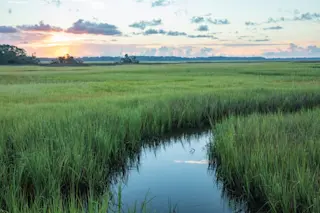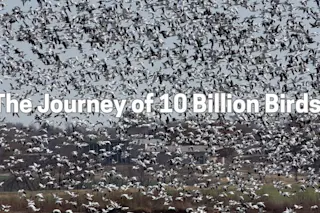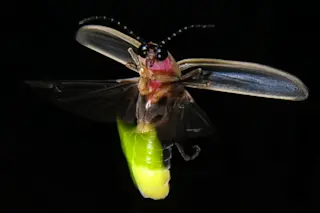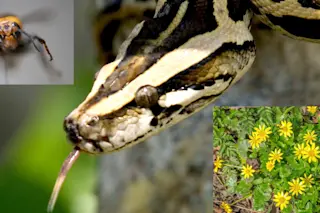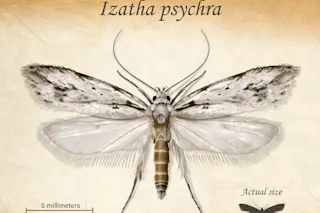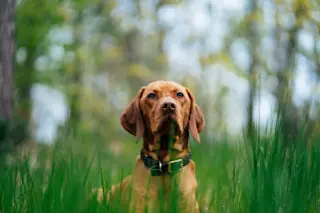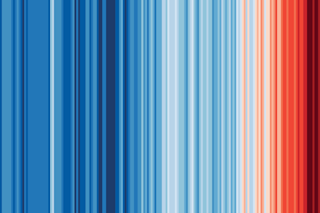Place yourself in the heart of the Great Plains, say, somewhere in the Texas Panhandle. A long, lonely stretch of interstate extends before you. Prairie grass and planted wheat cover the landscape out to the horizon, flat as a table in all directions.
But it’s not truly flat. Even on these plains there are low spots, the ground sloping almost imperceptibly toward slight, bowl-shaped depressions where the infrequent rains of this semi-arid environment collect. These are playas: wetlands that come and go, providing an oasis for life in an otherwise desiccated place.
When wet, playas harbor a plethora of amphibians, waterfowl, dragonflies and other species. But playas don’t just support the lives of birds and toads; they also support humans. Playas replenish the Ogallala Aquifer, a 948-trillion-gallon underground body of water that underpins agriculture in an eight-state region. Though these little wetlands comprise only 2 percent of the land area ...


